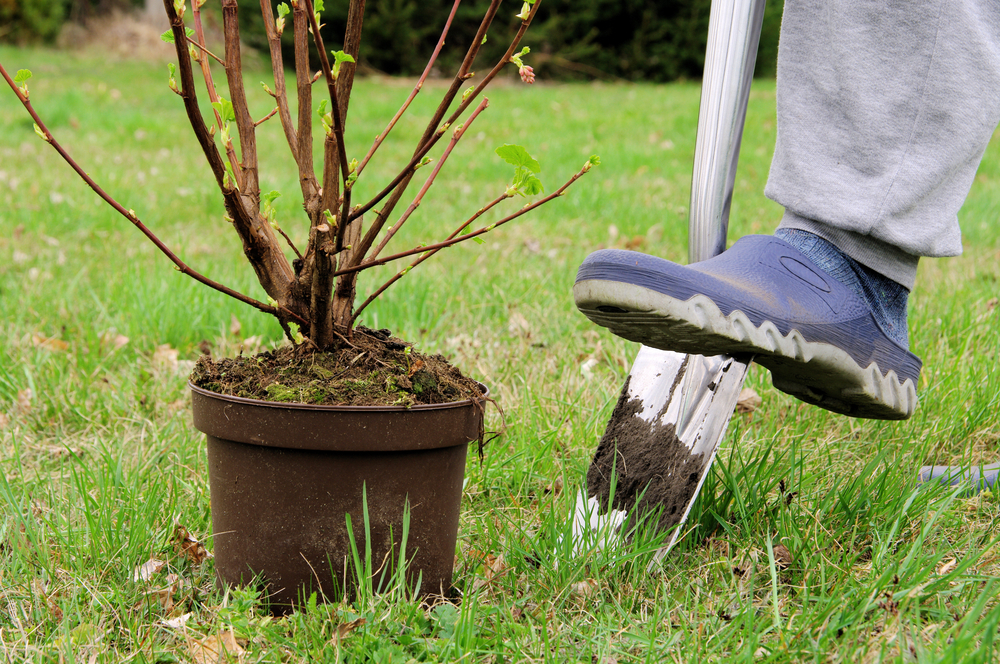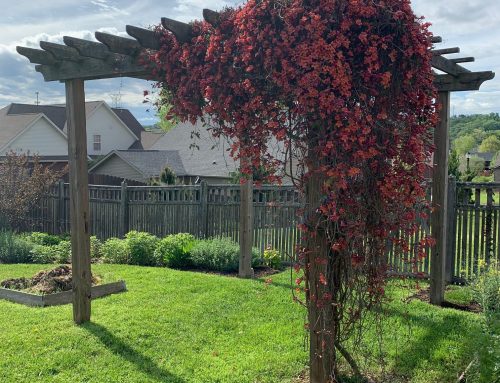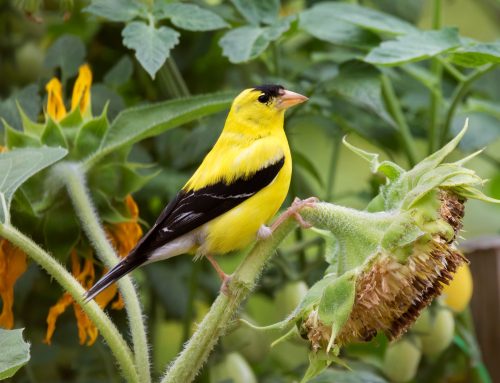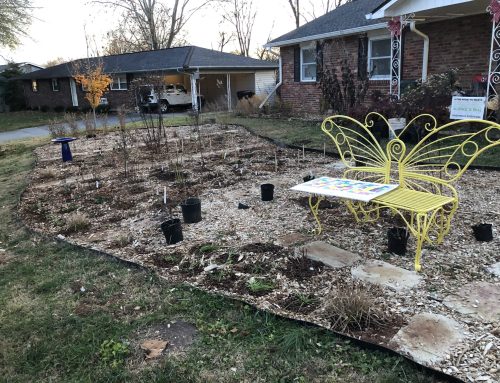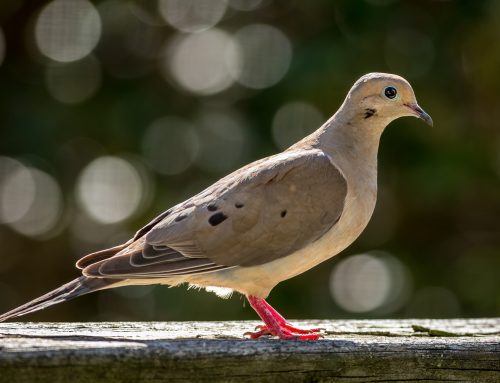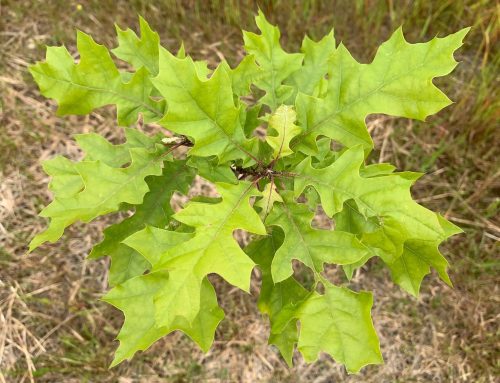by Karin Beuerlein
KTOSers, Knoxville’s birds need your help! From now through November 15, we’re challenging you to plant something for the birds in your backyard—a tree, shrub, or perennial native to North America (preferably the Southeast). Native plants not only provide the bird food we commonly think of—seeds, acorns, berries—but they also produce the insect life that sustains almost every species that visits your yard. You’ll be doing your part to combat declining bird populations, one productive plant at a time.
Are you up to the challenge? I hope so, because we’re keeping score! Here are the rules:
- 1 point per native perennial
- 5 points per native shrub
- 10 points per native tree
- 20 points per native oak, because they’re the most valuable plant species for wildlife
Fall is an excellent time to plant in the Southeast because cooler temps and wetter weather give root systems time to get well established before next spring—which means you’ll water much less next year.
Our goal? To reach 500 points as a chapter. 500 points means a lot of food for a lot of hungry birds—a lifeline for breeders, migrators, and year-round residents.
We’re on the honor system, but we do want pictures of your new plants—including some with your bright smiling faces! Yes, it’s entirely possible that with fall planting you’ll be taking pictures of bare sticks, but that’s okay—wow us with your enthusiasm. Please send photos and plant counts to knoxbirds@gmail.com.
You can get native plants at many garden centers and mail-order nurseries, but if you’re new to natives and aren’t sure what’s what, these three wonderful local sources have everything you need:
Overhill Gardens
There’s no lovelier way to spend a sunny afternoon than a drive out to Overhill Gardens in Vonore—and no better time to buy plants, because they’re offering 20% off the entire nursery stock the whole month of October. Owner Avi Askey says there’s tons of bird activity out there right now, and you can actually see in person which plants are most popular with feathered folks. A few of his bird-friendly recommendations based on what’s currently in stock: swamp white oak (20 points!), umbrella magnolia, black gum, alternate-leaf dogwood, winterberry, viburnum, chokeberry, spicebush, devil’s walking stick, giant hyssop, cup plant, and Indian grass. Go visit!
Tennessee Naturescapes
Jessica Vinson and Becky Marlow at Tennessee Naturescapes in Clinton have created a special 10% discount just for our fall challenge! It’s valid through Nov. 1. Check your announcement email for the code—use it to check out online (they offer mail order and curbside pickup, both of which are handy if you want a no-contact plant shopping experience), or mention it when you stop by to browse selections in person.
All their plants are bird-friendly, but Jessica and Becky offered a few suggestions based on their current stock. All are larval hosts—yes, even the grass!
- Black chokeberry (Aronia melanocarpa)—2GAL or 3GAL. This medium-sized shrub provides black berries in winter.
- Possumhaw holly (Ilex decidua)—GAL or 3GAL. A large shrub/small tree that’s an important winter food source. In order for the female plants to produce the bright red berries, you need at least one male holly nearby.
- Silky dogwood (Cornus amomum)—3GAL. A medium to large shrub with fall berries for migrators.
- Hearts-a-burstin’ (Euonymus americanus)—2GAL. A large shrub with great fall color; songbirds love the seeds.
- Little bluestem ‘The Blues’ (Schizachyrium scoparium)—GAL and QUART. This grass is a great easy addition to provide nesting materials and seeds.
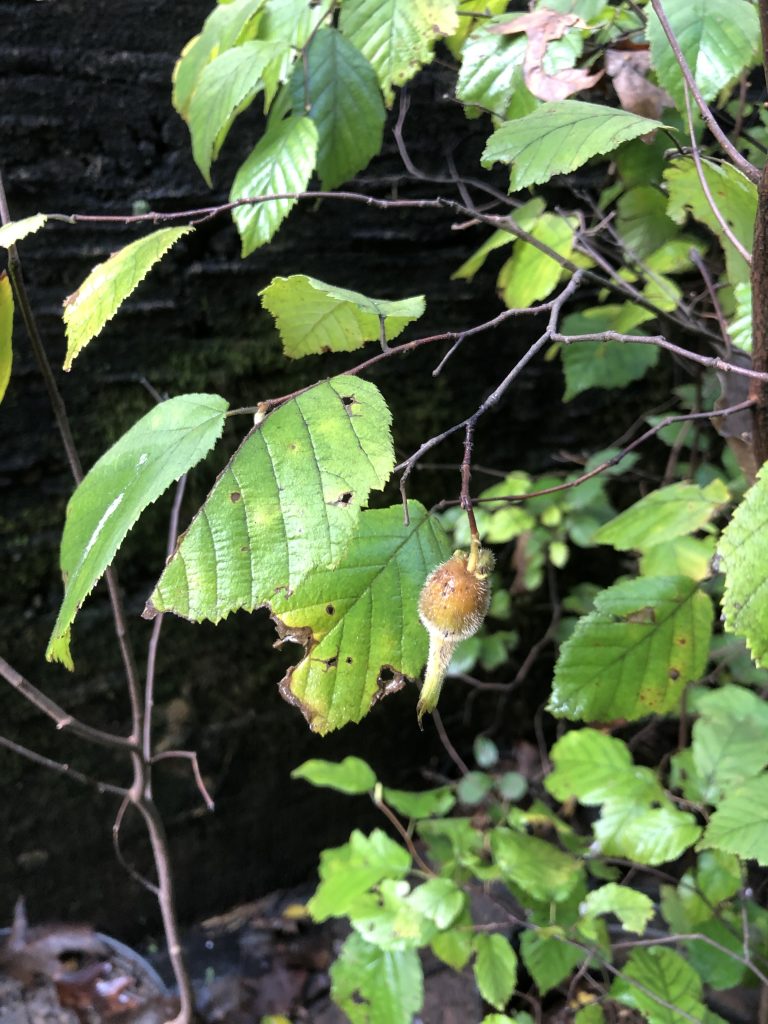
Native Plant Rescue Squad
www.nativeplantrescuesquad.org
NPRS, a nonprofit dedicated to conserving and restoring East Tennessee’s native flora, offers a great selection of plants that would have been otherwise destroyed by local development. Browse their current inventory and their tree and shrub price list—note that they have some very nice oaks available (20 points)! Joy Grissom and Gerry Moll will be happy to answer any questions you have. Order by emailing them directly; plant pickup is by appointment.
Kicking Off the Challenge
To start us off, I planted a new tree in my yard! It’s American hornbeam (Carpinus caroliniana) ‘Firespire.’ American hornbeam hosts 68 species of butterflies and moths, including the Eastern tiger swallowtail and the striped hairstreak. It also produces seeds that songbirds love. ‘Firespire’ is a narrow selection, only 10 feet wide, that’s good for small suburban spaces and has electric fall color.
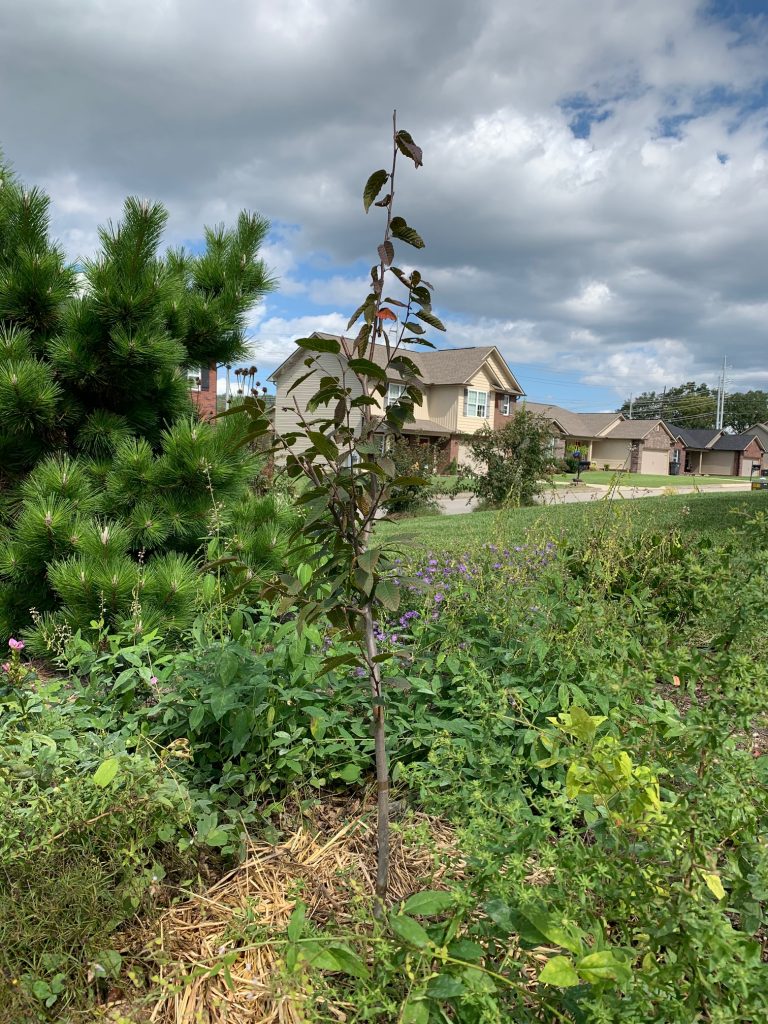
I also planted six ‘Iron Butterfly’ ironweeds, ten ‘Peachie’s Pick’ stokesias, and nine ‘Blue Paradise’ phlox, for a total of 25 perennial points . . . that gets us to 35.
Your turn!
Any questions? Need advice on what to plant? Comment below or email knoxbirds@gmail.com.
